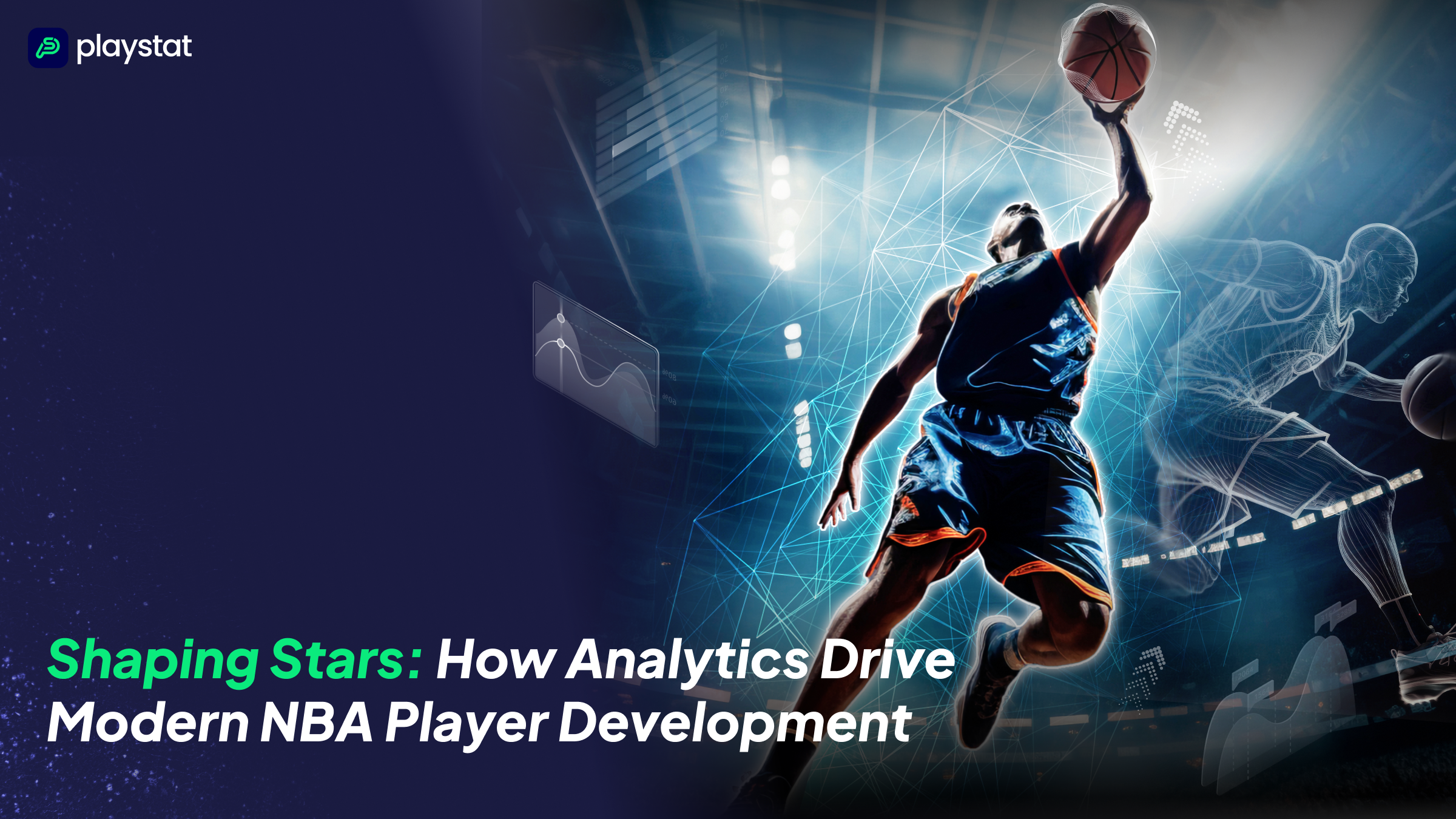Shaping Stars: How Analytics Drive NBA Player Development
Shaping Stars: How Analytics Drive NBA Player Development
November 28, 2024

Analytics have revolutionized the NBA, not only in team strategies but also in individual player development. From training regimens to in-game decisions, data-driven insights are helping athletes reach their full potential like never before.
The Role of Analytics in Player Development
Gone are the days when coaches relied solely on gut instinct and experience to mold players. Today, advanced stats and analytics are at the core of shaping NBA stars. Using tools like motion tracking, shot efficiency heat maps, and fitness metrics, teams craft individualized plans to maximize each player’s strengths and improve their weaknesses.
For instance, tracking systems such as Second Spectrum capture every move players make on the court, providing insights into their speed, positioning, and decision-making. This data allows coaches to tailor training programs that optimize performance in areas like defensive coverage, shot selection, and stamina.
Discover how NBA tracking systems are reshaping basketball.
Real-Life Examples of Analytics in Action
1. Stephen Curry’s Shooting Evolution
Stephen Curry’s legendary three-point shooting wasn’t just a result of natural talent; it was refined through data. By analyzing his release angles, shot speed, and success rates in various scenarios, Curry worked with trainers to perfect his form. This meticulous approach transformed him into the NBA’s all-time leader in three-pointers.
2. Giannis Antetokounmpo’s Versatility
The Milwaukee Bucks utilized analytics to unlock Giannis Antetokounmpo’s potential as a dominant two-way player. Data revealed areas where Giannis excelled, such as attacking in transition, while identifying weaknesses like three-point shooting. The team designed targeted drills to address these gaps, helping him win multiple MVP awards.
Read more about Giannis’s development journey.
3. Luka Dončić’s Playmaking Mastery
Dallas Mavericks star Luka Dončić has leveraged analytics to enhance his court vision and passing accuracy. By studying heat maps and defensive breakdowns, Luka knows when and where to find his teammates for the best scoring opportunities, making him one of the league’s top playmakers.
Learn how Luka became a passing maestro.
How Teams Use Analytics for Player Development
1. Tailored Training Regimens
Analytics provide a clear picture of each player’s workload and recovery needs. Teams use this data to design schedules that reduce injury risk while maximizing performance.
2. Identifying Hidden Gems
Through scouting analytics, teams can uncover undervalued players in the draft or free agency. For example, Jimmy Butler’s rise from a late first-round pick to an All-Star was partly due to data identifying his defensive potential and work ethic.
3. Mental Preparation
Performance isn’t just physical—mental readiness is key. Analytics-driven psychological studies help players build confidence and manage stress, translating to better on-court results.
Challenges and the Future
While analytics have transformed player development, they aren’t without challenges. Over-reliance on data can sometimes overshadow intangible qualities like leadership and resilience. However, as technology advances, the integration of analytics with traditional coaching methods is expected to become even more seamless.
Future innovations, such as artificial intelligence and machine learning, promise to further refine player development strategies, ensuring that the next generation of NBA stars is even more dynamic and versatile.

